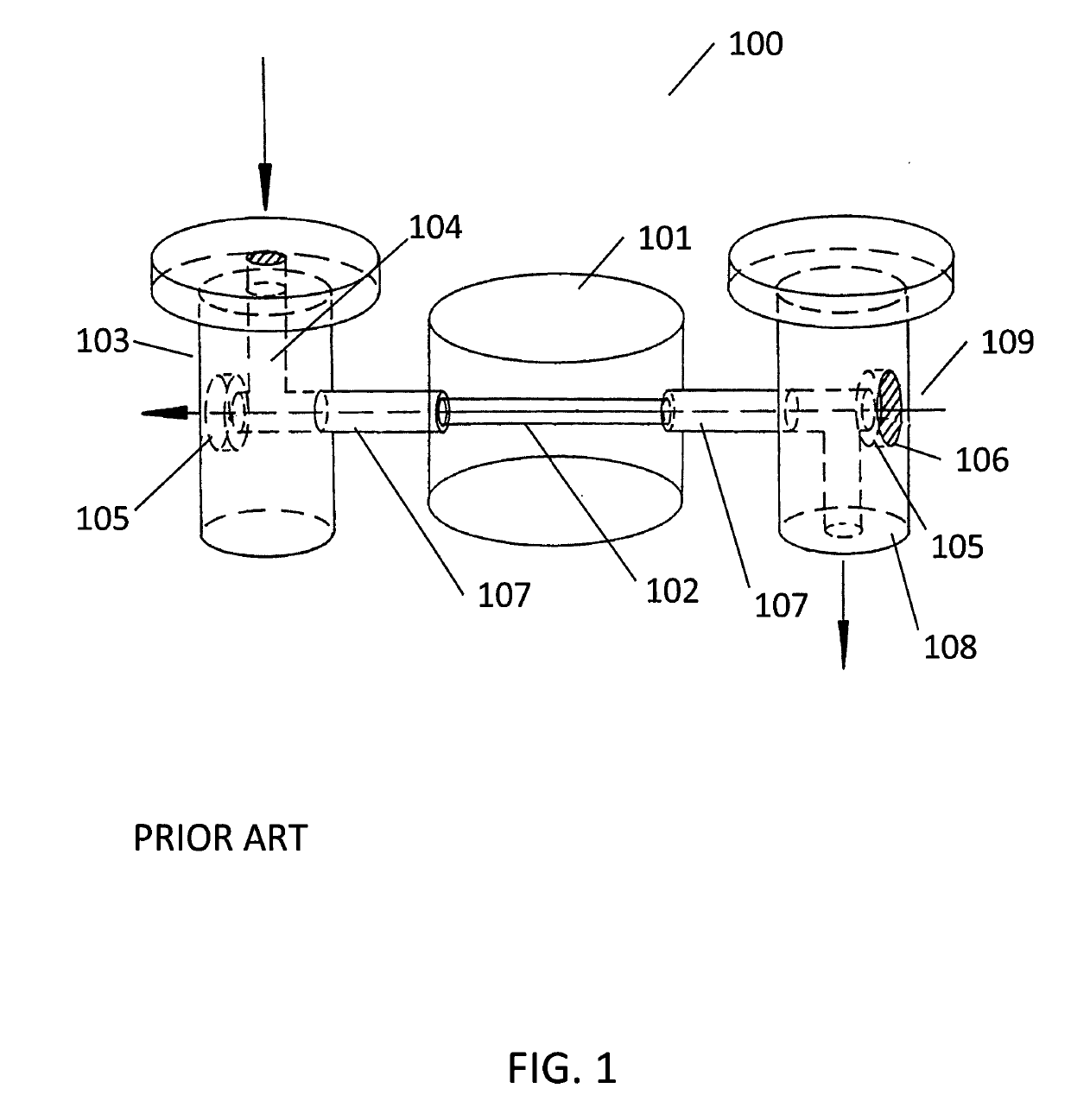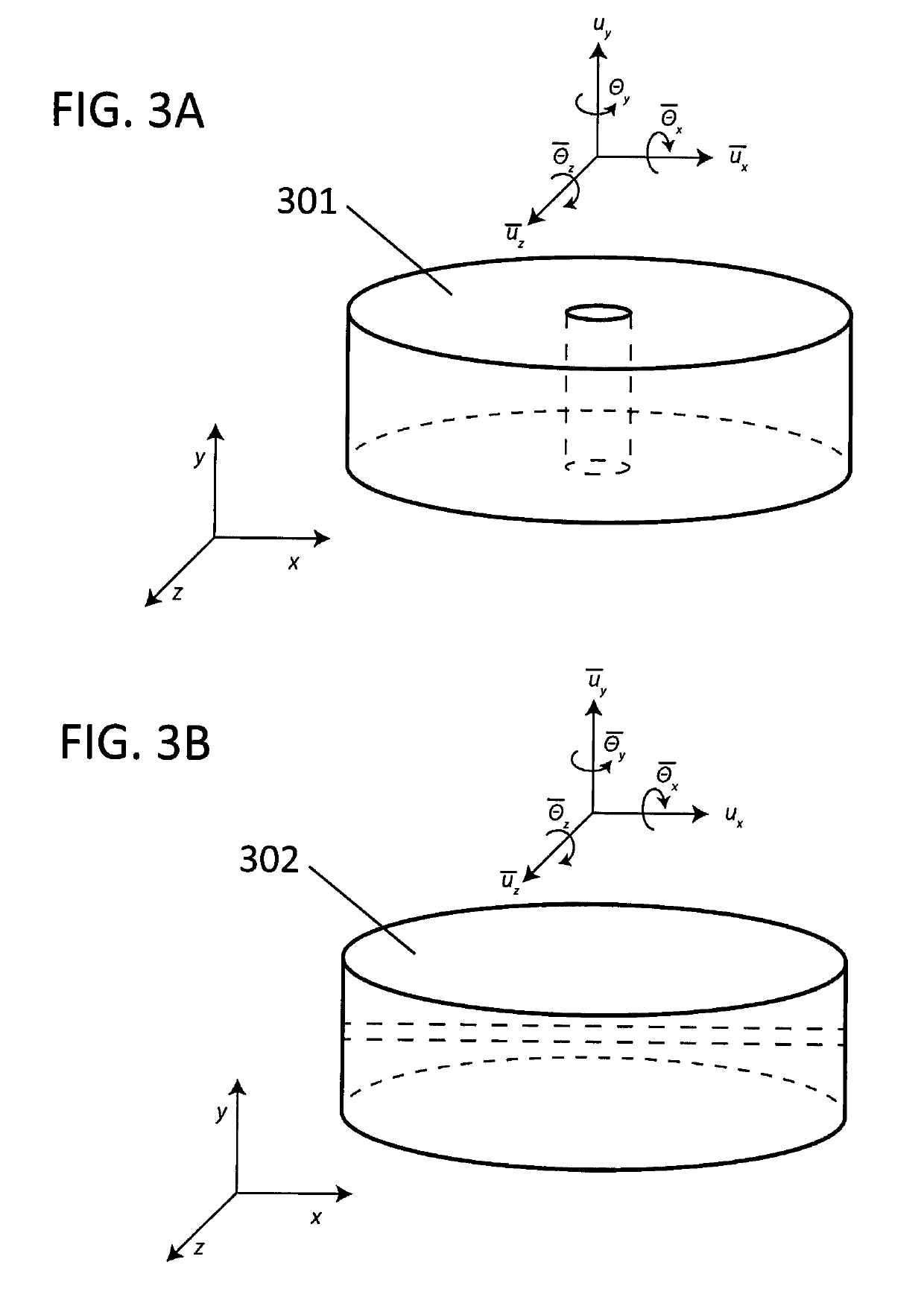Optical flow cell assembly incorporating a replaceable transparent flow cell
a flow cell and assembly technology, applied in the direction of color/spectral property measurement, instruments, material analysis, etc., can solve the problems of phillips cell damage, inability to clean manually, and inability to remove contaminants from the cell itsel
- Summary
- Abstract
- Description
- Claims
- Application Information
AI Technical Summary
Benefits of technology
Problems solved by technology
Method used
Image
Examples
Embodiment Construction
[0029]There are many instances in which the flow cell of a MALS or other light scattering instrument may need to be removed from the instrument in which it is housed. In addition to routine maintenance and cleaning, it is sometimes necessary to change the index of refraction of the cell by replacing it in order to index match the sample solvent with that of the flow cell to improve the signals received at a plurality of angles. Further, while flow cells are generally constructed from some form of glass, transparent polymers may also serve, under certain conditions, as the flow cell material, and some solvents are simply incompatible with certain flow cell materials. Therefore in order improve the versatility of a single light scattering instrument it is beneficial to enable the end user to replace the flow cell with another under these conditions. Further, as discussed previously, cleaning the flow cell itself can be a meticulous and laborious job requiring significant skill, care a...
PUM
| Property | Measurement | Unit |
|---|---|---|
| size | aaaaa | aaaaa |
| size | aaaaa | aaaaa |
| diameter | aaaaa | aaaaa |
Abstract
Description
Claims
Application Information
 Login to View More
Login to View More - R&D
- Intellectual Property
- Life Sciences
- Materials
- Tech Scout
- Unparalleled Data Quality
- Higher Quality Content
- 60% Fewer Hallucinations
Browse by: Latest US Patents, China's latest patents, Technical Efficacy Thesaurus, Application Domain, Technology Topic, Popular Technical Reports.
© 2025 PatSnap. All rights reserved.Legal|Privacy policy|Modern Slavery Act Transparency Statement|Sitemap|About US| Contact US: help@patsnap.com



